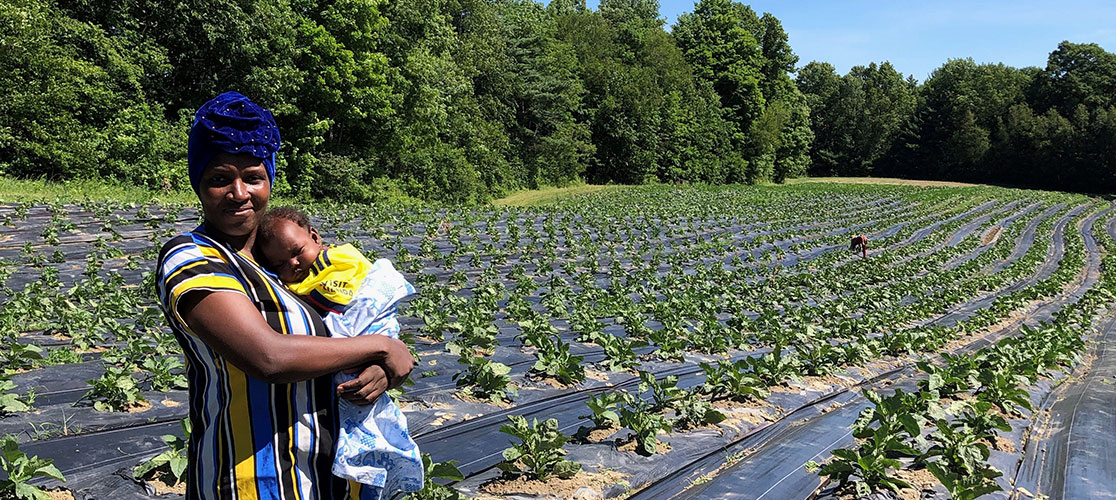
VT Food Security Roadmap: Objective A4
A4: Establish easier and equitable access to farmland and on-farm infrastructure
A4: Establish easier and equitable access to farmland and on-farm infrastructure

Vermont producers must have appropriate agricultural land and infrastructure in order to succeed in business, but current and future generations of Vermont farmers face significant challenges.
Starting and growing a farm operation has become increasingly expensive in terms of labor, unpredictable and severe weather, operating expenses, infrastructure expense, deferred maintenance, and land purchase. All of these factors combine to make for a very difficult environment for farmers to be successful. Farmers from priority populations may face additional challenges due to bias, language and culture differences, loan refusals, and other structural barriers. Specific redress for the historical inequities that have prevented Black, Indigenous, and PGM (people of the global majority) access to generational wealth, including land, must be provided, in the form of resources or programs that go beyond general support for new and beginning farmers.
Keep in Mind
Permanent farmland protection plays a critical role in the economic transformation and ownership transitions that Vermont agriculture is facing, but conservation alone will not ensure the survival of Vermont’s agriculture sector. In addition, though this objective relates to strategies regarding land conservation and agricultural commercial production, it also encompasses land access for non-commercial food production in support of food sovereignty.
Strategies marked with a ![]() are high-priority
are high-priority
Robustly fund low-cost and flexible farmland ownership and infrastructure financing programs including, but not limited to, revolving bridge funding programs, revolving loan funds operated by and for priority populations, and low- or zero-interest financing for farmers making infrastructure changes and improvements.
Continue to investigate and fund alternative and community-supported land ownership, including co-tenure arrangements, community land trusts, collective agriculture on public lands, and farmland investment cooperatives. Policy incentives, public funds and/or easement permissions may be critical to repurpose, remove, or add infrastructure to support new businesses and new business models.
Increase the funding and support for farm service provider position(s) focused on Black, Indigenous, and People of Color (BIPOC) and located at BIPOC-run Vermont food system organizations. Other farm viability programs can diversify their workforce, deepen competencies and relationships, and better align with and leverage the goals and strengths of BIPOC farmers and BIPOC-led groups.
Vermont land that includes primary agricultural soils has already been set aside for farming as part of Act 250’s “onsite mitigation permit condition.” Programming should be established to ensure onsite mitigated lands are in active farming use, particularly by matching available land with Black, Indigenous, and People of Color and other new or beginning farmers facing current and historical barriers to land access.
“It can be really hard to produce affordable food in Vermont. So maybe it’s about making sure there’s enough financial resources so farmers can[…]the farmers know how to grow the food[…]it’s about lowering the financial barriers. I feel confident about farmers’ ability to grow lots of delicious nutritious food—it’s about who has the money to access it.”
“One big issue is land access and the cost of land for people who want to farm. As land prices go up and people retire from farming, or get out because they can’t make any money from it, we’re going to have fewer and fewer people growing food in the state. So less local production.”